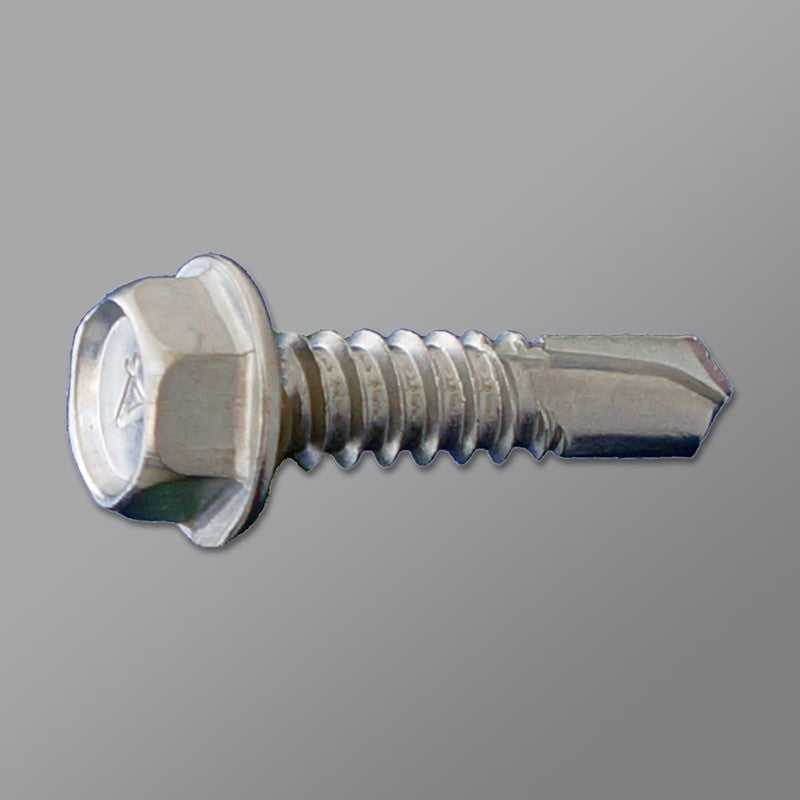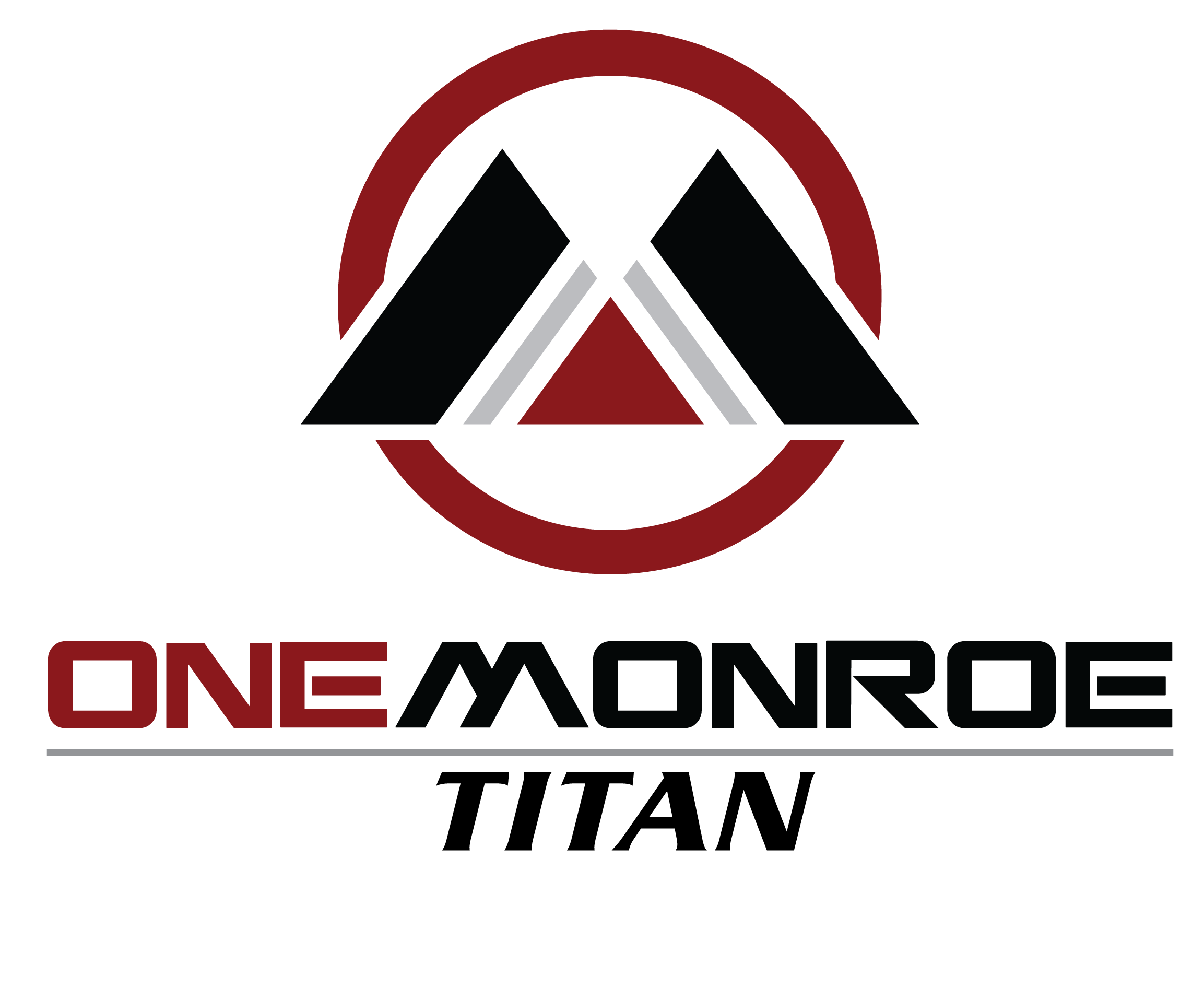
When you’re setting up solar panels, picking the right fastener material is honestly one of those details that can make or break the whole system down the line. Corrosion-resistant stainless steel—think 316 or even hot-dip galvanized steel—tends to be the go-to for most folks, since it shrugs off rough weather and doesn’t rust out after a few storms. If you’re aiming to protect your investment from rain, wild temperature swings, or just the general chaos that comes with rooftops and open fields, it pays to focus on durability and corrosion resistance.

But there’s more to it than just picking something that won’t rust. You’ve got to think about weight, how it plays with silicon panel frames, and whether it can handle whatever the weather throws at it. Getting the material right means your solar panels stay safe and efficient for a long time—nobody wants to be up on the roof fixing things every year.
Key Material Considerations for Solar Fasteners
Choosing what to use for solar fasteners isn’t just a box to check. It’s about durability, strength, and making sure you’re not backtracking on maintenance after a couple of seasons. Not all materials are built the same, and honestly, some just make life easier.
Durability and Corrosion Resistance
Let’s be real: solar fasteners live outside, exposed to everything from torrential rain to salty sea air if you’re near the coast. They need to hold up, so corrosion resistance is a must. Stainless steel—especially 316 or 304—is a favorite for a reason. It just doesn’t seem to care about rust or chemical corrosion.
Hot-dip galvanized steel is another decent pick. That zinc coating gives you a little buffer before rust even thinks about starting. And if you’re worried about weight, anodized aluminum is surprisingly tough against the elements. The right choice here? It saves you headaches and replacement costs later.
Here’s a quick look at how common materials stack up:
| Material | Corrosion Resistance | Typical Use Case |
|---|---|---|
| 316 Stainless Steel | Excellent | Coastal/Marine environments |
| 304 Stainless Steel | Very Good | General outdoor projects |
| Hot-dip Galvanized | Good | Budget and non-coastal installs |
| Anodized Aluminum | Good | Lightweight mounting systems |
Structural Integrity and Secure Connection
You want fasteners that actually keep things together, right? Structural integrity matters—a lot. Stainless steel is usually the first pick for its strength, especially where it really counts. Galvanized steel is no slouch either and works well for most racking and roof mounts.
Aluminum fasteners? They’re light, which is handy if every pound counts, but you’ve got to be careful with compatibility. If you mix metals wrong, you could end up with galvanic corrosion (nobody wants that). At the end of the day, matching your fastener material to the mounting structure is just smart. It’s one of those small steps that pays off big over time.
Installation Efficiency and Maintenance
Honestly, the right material can make installs way less of a hassle. Stainless steel and anodized aluminum fasteners are easy to work with and don’t tend to seize up or gall, so you’re not losing time fighting your tools. Galvanized options are usually easy to find and more affordable, which is handy if you’re working on a budget.
Plus, if you stick with corrosion-resistant stuff, you’re saving yourself future maintenance runs. Cheaper metals might look good on paper, but they’re just asking for trouble—and more replacements—down the road. It’s all about balancing upfront costs with what you’ll spend in time and repairs later.
Types of Solar Fasteners and Their Materials
Getting the right solar fasteners isn’t just about holding things together. It’s about making sure your system lasts, stays efficient, and can handle whatever environment you throw at it. Material choice really does matter here.
Bolts, Nuts, and Washers
For solar panels, you’ll see all sorts of bolts and nuts—hex heads, T-bolts, U-bolts, carriage bolts, lock nuts, the works. Stainless steel (again, especially 316 and 304) is usually the top pick for resisting corrosion, but hot-dip galvanized steel is a solid budget option for spots that aren’t too rough.
Washers—like spring washers and flange nuts—spread out the load and add stability. If your setup deals with a lot of vibration or movement, lock nuts and spring washers help keep things from loosening up. In places with tons of moisture or salt in the air, high-grade stainless steel is almost a must if you want to avoid constant rust and repairs.
Here’s how some of the usual suspects compare:
| Fastener Type | Recommended Material | Key Property |
|---|---|---|
| Hex Head Bolts | 316/304 Stainless Steel | High corrosion resistance |
| Lock Nuts | Stainless Steel | Vibration resistance |
| T-Bolts/U-Bolts | Galvanized/Stainless | Secure mounting to rails/poles |
| Washers | Stainless Steel | Load distribution |
Bracket Materials and Mounting Choices
Brackets are the middlemen between your panels and whatever they’re attached to. Extruded aluminum brackets are common—they’re light, strong, and that oxide layer keeps them from corroding too easily. If you need something extra tough, stainless steel brackets are out there, though they can add more weight than you might like.
Adjustable brackets? Those are great for dialing in your panel angle and squeezing out a bit more energy. For ground-mounted setups, you’ll want brackets that work with expansion bolts or chemical anchors. Roof mounts might use special hanger bolts designed to bite into roofing and hold steady. Flexible panels need brackets that can move with them, so you’re not stressing the modules.
Surface finishes like anodized aluminum and powder-coated steel give brackets extra protection from sun and weather—just another layer of insurance for your system.
Alternative Fastening Solutions
So, what if you can’t use the usual bolts and brackets? There are actually a few alternative fastening methods that come in handy, especially when you’re dealing with tricky installations or odd design limitations. Self-tapping screws—usually made from 18/8 stainless steel—are a popular pick for metal rooftops and mounting frames. They skip the whole pre-drilling step, which honestly saves a lot of time (and hassle).
Then there are solar panel mounting screws built specifically for outdoor use. These are tough enough to handle UV rays, wind, and water, which, let’s face it, is exactly what you want outside.
If you’re working with concrete or masonry and mechanical fasteners just aren’t cutting it, chemical anchor bolts are worth considering. They use epoxy or similar adhesives to make sure things stay put.
And sometimes, for lightweight or flexible solar panels, people reach for VHB (Very High Bond) tape. It’s not a one-size-fits-all solution, though—probably best for controlled environments or temporary setups, since it cuts down on roof penetrations but isn’t bulletproof.
Honestly, environmental factors really do play a huge role when you’re picking fasteners and materials. Sun, moisture, temperature swings—they all mess with long-term performance and how much maintenance you’ll need down the line.

